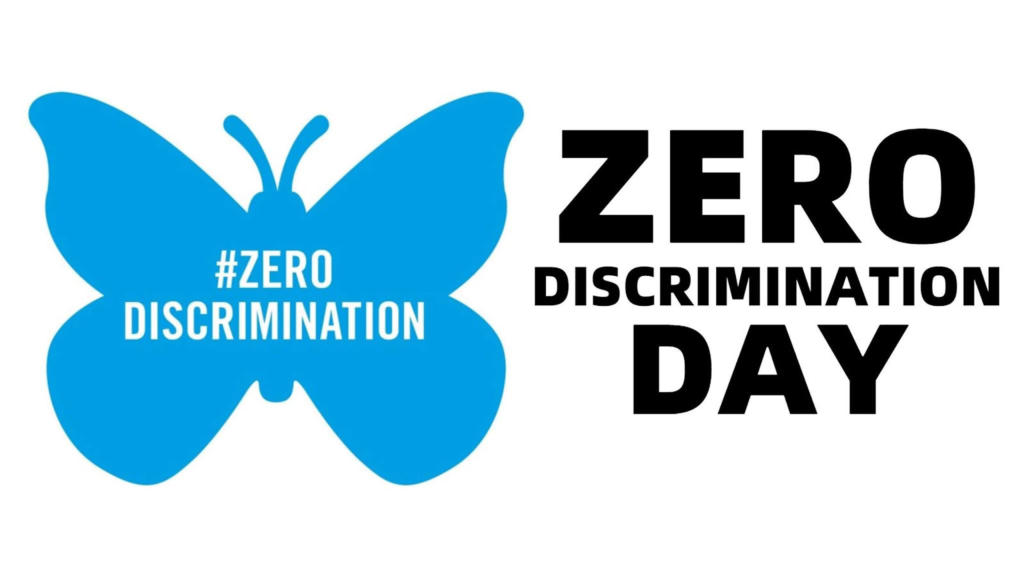
Table of Contents
- Introduction
- What is Zero Discrimination Day?
- Why This Day Matters in Today’s World
- Real-Life Barriers People Face
- How Zero Discrimination Day Inspires Change
- The Power of Inclusion
- What You Can Do
- Final Thoughts
1. Introduction
We live in a world full of colors, cultures, beliefs, and identities. That’s the beauty of it. But often, this diversity is not celebrated—it’s challenged. From classrooms to boardrooms, and sidewalks to cyberspace, discrimination creeps in silently, building invisible walls between people. Zero Discrimination Day is a call to tear those walls down.
2. What is Zero Discrimination Day?
Celebrated on March 1st, Zero Discrimination Day was launched by UNAIDS in 2014 to promote equality before the law and in practice. It’s more than a date on a calendar—it’s a global movement urging individuals, institutions, and governments to break free from the chains of bias, hatred, and injustice.
3. Why This Day Matters in Today’s World
In a time when divisions seem louder than unity, this day stands as a quiet yet powerful reminder: everyone deserves respect and equal rights. Whether it’s based on gender, race, age, disability, HIV status, religion, or economic status—discrimination hurts, excludes, and silences.
Think of the student denied an opportunity because of where they come from. The woman passed over for a promotion. The child bullied because they look different. These aren’t isolated events—they’re everyday realities for millions.
4. Real-Life Barriers People Face
Here are some common (but often overlooked) forms of discrimination:
- Caste and class bias in workplaces and education
- Gender inequality in hiring and pay
- Stigmas around mental health and disability
- Racial profiling and xenophobia
- Ageism in job markets and tech spaces
- Digital divide, leaving rural and underserved populations behind
Each barrier, no matter how small, restricts potential and divides humanity.
5. How Zero Discrimination Day Inspires Change
This day acts like a mirror—reflecting not just the problems, but the possibilities. It gives voice to those often unheard. It empowers communities to:
- Speak up against injustice
- Rethink policies and laws
- Build inclusive spaces in schools, offices, and media
- Celebrate every identity, not just tolerate it
6. The Power of Inclusion
Inclusion isn’t just a nice idea—it’s a necessity. Inclusive societies are stronger, more innovative, and more peaceful. When every person feels seen, safe, and supported, the entire community thrives. Diversity isn’t a challenge to manage—it’s a strength to embrace.
7. What You Can Do
Change begins with awareness, and action follows. Here are a few ways to be part of the movement:
- Listen to stories of those facing discrimination
- Call out bias when you see it, even in casual conversations
- Support brands and organizations that promote inclusivity
- Educate yourself and others
- Amplify marginalized voices on social media and offline
Even a small act can ripple into something bigger.
8. Final Thoughts
Zero Discrimination Day isn’t about ticking a box once a year. It’s about nurturing a world where everyone—regardless of who they are—can live with dignity. It’s a reminder that the real beauty of our world lies in its differences, and the real strength lies in unity.

